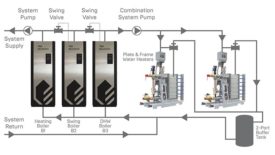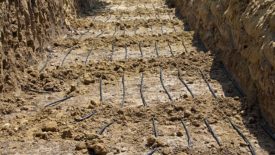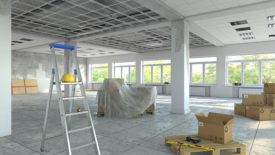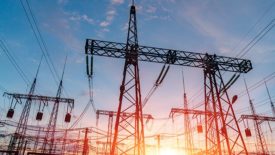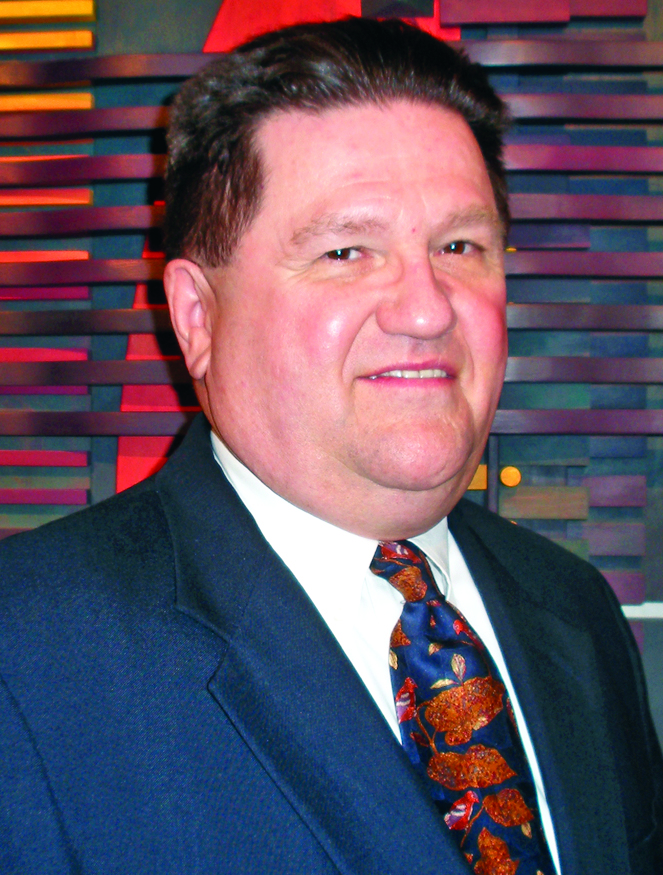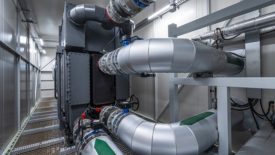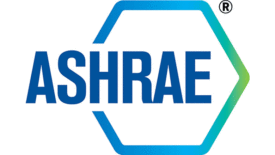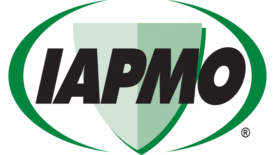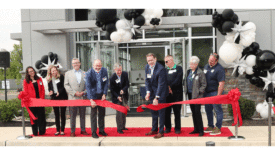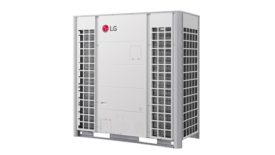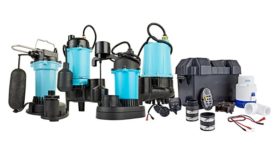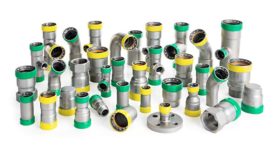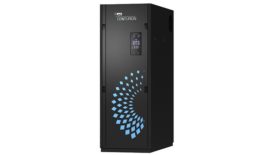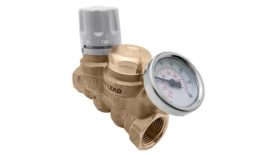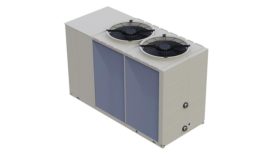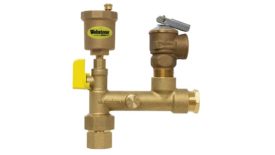Home » Publications » PM Engineer Magazine
PM Engineer Magazine
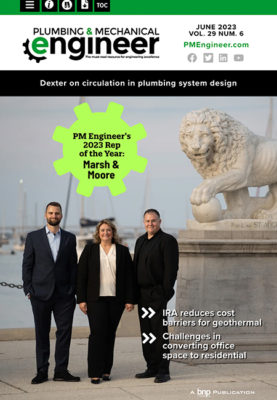
2023 June
Cover Story
Back to TopSt. Augustine, Florida-based agency takes this year’s Rep of the Year honors.
Read More
Feature Articles
Back to TopMaximizing indirect water heater systems in commercial settings for optimal ROI
Design considerations for indirect water heating systems.
June 26, 2023
IRA reduces cost barriers for geothermal heating and cooling
Tax credits, rebates and accelerated depreciation help make geothermal a more attractive option.
June 19, 2023
The national challenge of converting office space to residential
Residential infrastructure is quite different from office infrastructure.
June 21, 2023
Columnists
Back to TopNicole Krawcke: The importance of work-life balance in the plumbing industry
Readjusting work ethic expectations in order to attract the next generation of plumbing engineers.
June 12, 2023
Dan Holohan: Electrification may become more mainstream, but not overnight
Times change.
June 9, 2023
Todd Stuart: Are PVC pipes a health hazard?
Engineers rely on products that are listed and approved for use in the design and installation of water service and distribution systems.
June 7, 2023
David Dexter: Circulation in plumbing system design
Entrapped air can be a problem in domestic water systems.
June 5, 2023
John Siegenthaler: Performance metrics for modern hydronic heating and cooling sources
Abundant acronyms
June 1, 2023
Misty Guard: Summer standards activity
Energy, water systems, refrigerants and product standards are having a busy year.
June 2, 2023
Departments
Back to TopNew Products
Back to TopGet our new eMagazine delivered to your inbox every month.
Stay in the know on the latest plumbing, piping, hydronic and fire protection trends.
SUBSCRIBE TODAYCopyright ©2024. All Rights Reserved BNP Media.
Design, CMS, Hosting & Web Development :: ePublishing


